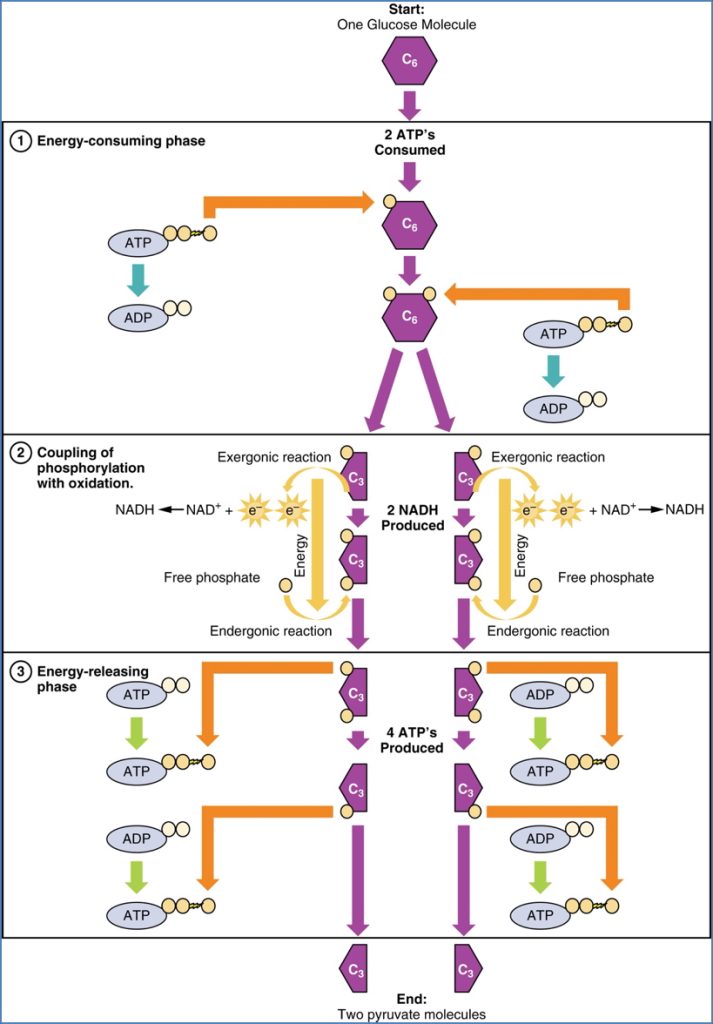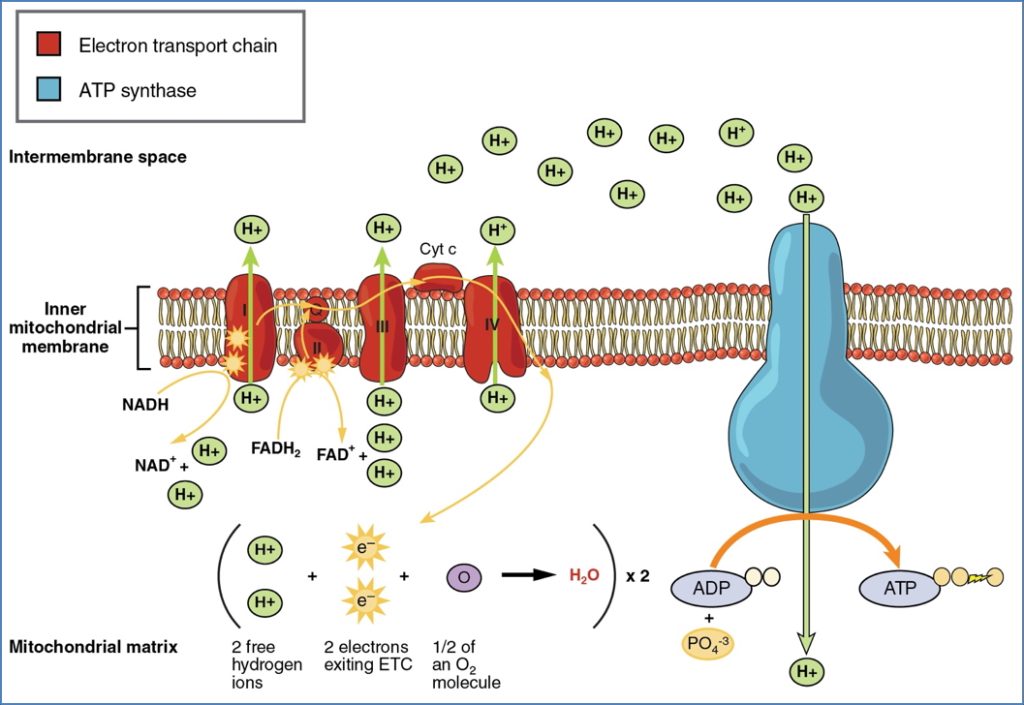Table of Contents
Overview – Carbohydrate Metabolism
Carbohydrate metabolism is the core biochemical pathway for producing ATP from dietary glucose. It includes glycolysis, the citric acid (Krebs) cycle, and oxidative phosphorylation. These steps convert glucose into usable energy with varying efficiency depending on oxygen availability. Regulation is tightly controlled by insulin, glucagon, and other counter-regulatory hormones, with profound implications for diseases like diabetes, hypoglycaemia, and metabolic acidosis.

Definition
Carbohydrate metabolism is the series of chemical reactions that extract energy from carbohydrates, primarily glucose, and convert it into ATP, CO₂, and H₂O. The energy stored in chemical bonds is transferred to activated carriers like ATP and NADH.
Hormonal Regulation
- Insulin:
- Lowers blood glucose by promoting uptake and glycolysis or glycogenesis
- Glucagon:
- Raises blood glucose by stimulating gluconeogenesis and glycogenolysis
- Adrenaline/Cortisol:
- Enhance glucose release during stress, starvation, or exercise
Glycolysis
What is Glycolysis?
- The breakdown of glucose into pyruvate
- First step in cellular carbohydrate metabolism
- Converts 1 glucose → 2 pyruvate + ATP + NADH
Where?
- Cytoplasm of all cells
- Glucose enters via GLUT transporters, regulated by insulin
- Red blood cells rely exclusively on glycolysis (no mitochondria)
Products (Per Glucose):
- 2 × Pyruvate (→ TCA Cycle)
- 4 × ATP produced (2 used, net gain = 2 ATP)
- 2 × NADH (used in oxidative phosphorylation)

Citric Acid Cycle (TCA / Krebs Cycle)
What is it?
- Converts pyruvate to Acetyl-CoA, then to NADH, FADH₂, and GTP
- Connects glycolysis to oxidative phosphorylation
Where?
- Mitochondria (not in red blood cells)
- Pyruvate is transported into mitochondria and converted to Acetyl-CoA
Pyruvate → Acetyl-CoA:
- Produces:
- 1 × NADH
- 1 × CO₂
- Requires 1 × Coenzyme A
Products (Per Pyruvate):
- 3 × NADH (→ 9 ATP)
- 1 × FADH₂ (→ 2 ATP)
- 1 × GTP (→ 1 ATP)
- Occurs twice per glucose (2 pyruvates), doubling totals

Electron Transport Chain / Oxidative Phosphorylation
What is it?
- Final step in aerobic metabolism
- Uses NADH and FADH₂ from earlier steps
- Drives proton pumps in the inner mitochondrial membrane
- ATP Synthase uses this gradient to make ATP
Where?
- Inner mitochondrial membrane and intermembrane space
Products (Approximate Yields):
- NADH → NAD⁺ + 3 ATP
- FADH₂ → FAD + 2 ATP
- Oxygen is final electron acceptor → CO₂ + H₂O
- Yields: 30–34 ATP per glucose molecule

Summary – Carbohydrate Metabolism
Carbohydrate metabolism transforms glucose into usable energy through glycolysis, the citric acid cycle, and oxidative phosphorylation. These interconnected pathways are regulated by hormones like insulin and glucagon, and provide most of the cell’s ATP. For a broader context, see our Cell Biology & Biochemistry Overview page.
